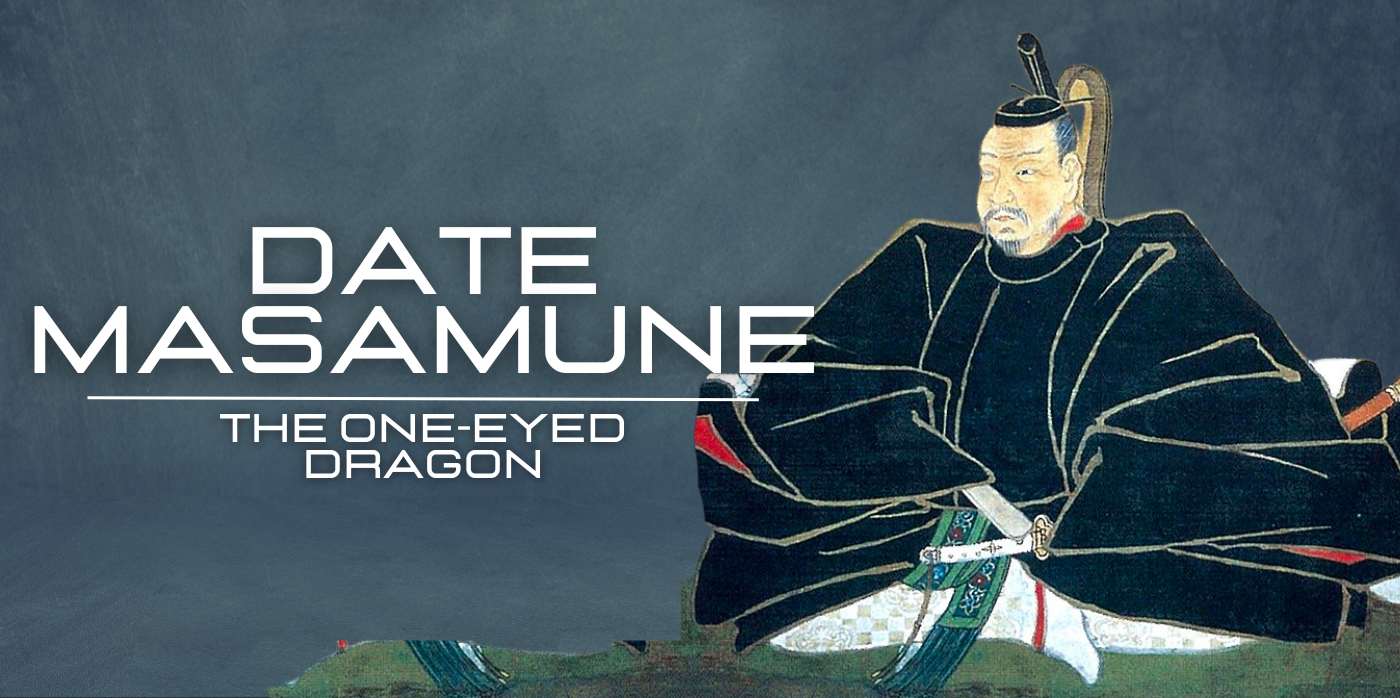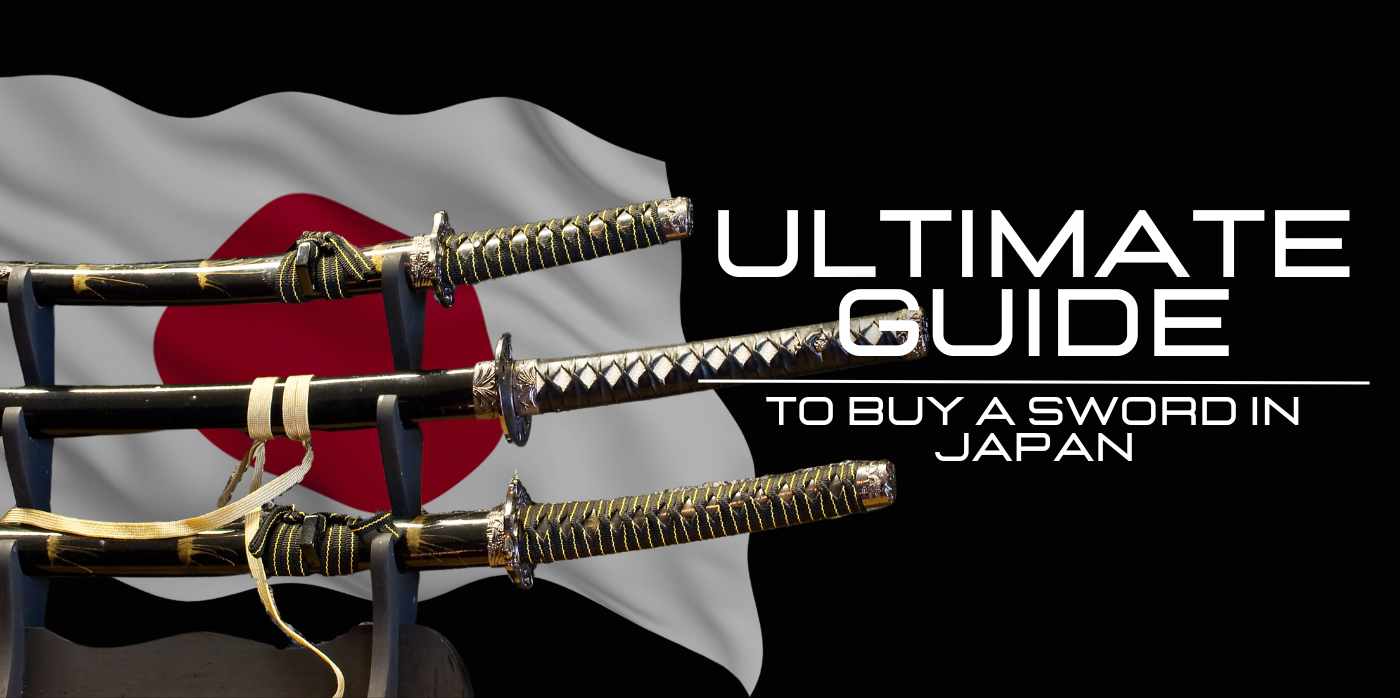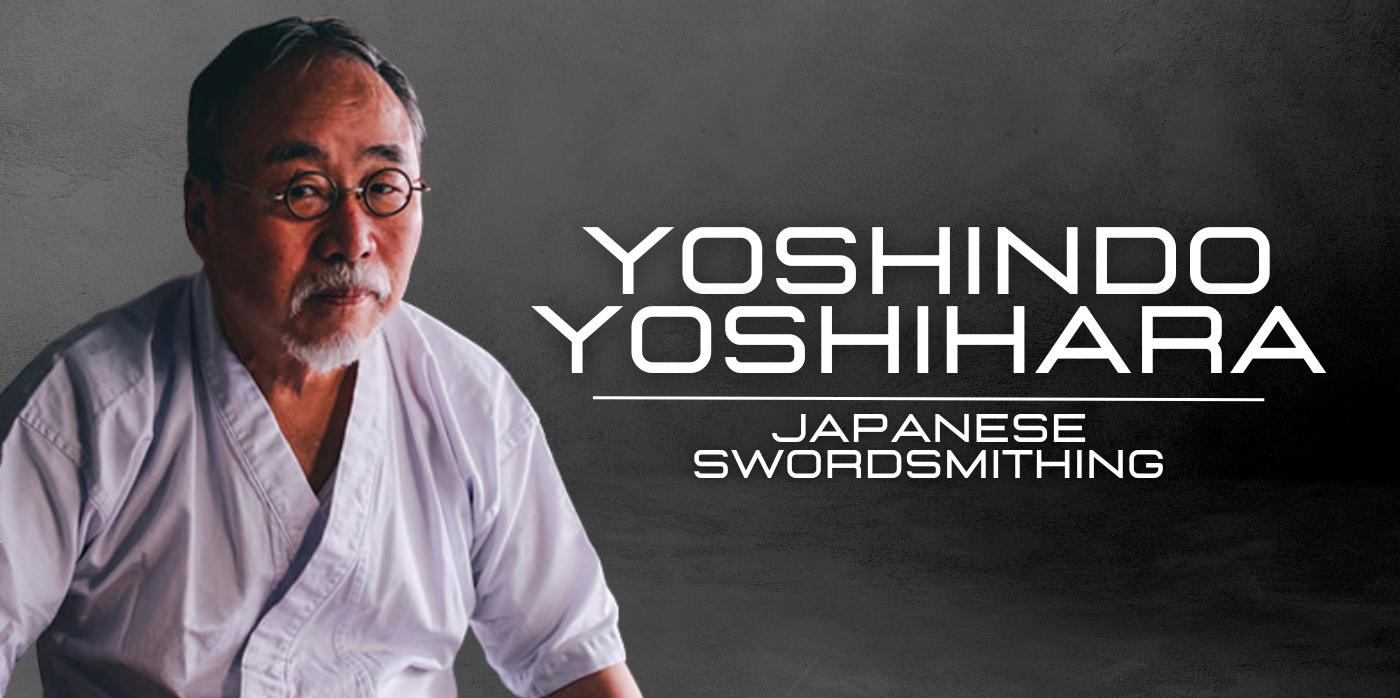In the legendary samurai history, Date Masamune, The One Eyed Samurai, emerges as a figure of enduring intrigue. Known for his distinctive eye patch, daring maneuvers, and enduring imprint on Japan's historical landscape, Date Masamune continues to fascinate a diverse audience, from history scholars and katana collectors to enthusiasts of Japanese heritage. In this deep dive, we'll traverse the engrossing saga of Date Masamune's life, his transformative effect on samurai culture, and the persistent resonance of his legacy in modern-day Japan.
Who was Date Masamune
Date Masamune (伊達 政宗)(1567–1636) was a distinguished Japanese daimyo whose influence spanned from the Azuchi-Momoyama era into the early Edo period. Hailing from Yonezawa in present-day Yamagata, he rose to lead the Date clan, commanding regions of the Tōhoku area now situated in modern-day Miyagi Prefecture. Masamune gained widespread recognition not only for his formidable military abilities but also for his distinctive lack of a right eye, lost to smallpox during his childhood. This led to his moniker, "The One-Eyed Dragon of Oshu."
Date Masamune was also a gifted writer. Well-versed in classical literature and calligraphy, he composed poems and letters that have been preserved for their artistic and historic significance. His writings often reflect the samurai code of ethics—Bushido—and his complex emotional world, revealing a contemplative side that was otherwise masked by his formidable public persona.
Masamune’s literary works not only offer insight into his own mind but also serve as important documents that help historians understand the era in which he lived. He often penned correspondence to other influential figures of his time, such as Toyotomi Hideyoshi and Tokugawa Ieyasu, and these letters provide valuable context for the political and social climate of late Sengoku and early Edo periods.
Early Life and Rise to Power
Masamune was known for his ambition and aggressiveness from an early age. He reportedly began to display signs of leadership and military skill as a young child, impressing the elders of his clan. Despite being seen as a potential liability due to his health issues, including the loss of his eye, he proved himself capable and took the reins of the Date clan at a relatively young age.
Military Exploits
Date Masamune was a cunning and brilliant military strategist, known for both his ferociousness and his merciful treatment of those he defeated. He was involved in several campaigns to expand his clan's territory and was one of the daimyos who initially opposed Toyotomi Hideyoshi. However, he eventually submitted to Hideyoshi and participated in the latter's invasions of Korea in the late 16th century.
Diplomacy and Cultural Contributions
Date Masamune was also renowned for his vision and attempts at diplomacy, including sending a diplomatic mission led by Hasekura Tsunenaga to the Pope in Rome, making him one of the first Japanese daimyos to seek foreign alliances. This mission led to the establishment of early trade relationships between Japan and New Spain (now Mexico). Masamune was also a patron of the arts and contributed to the evolution of regional culture, including the tea ceremony and Noh theater.
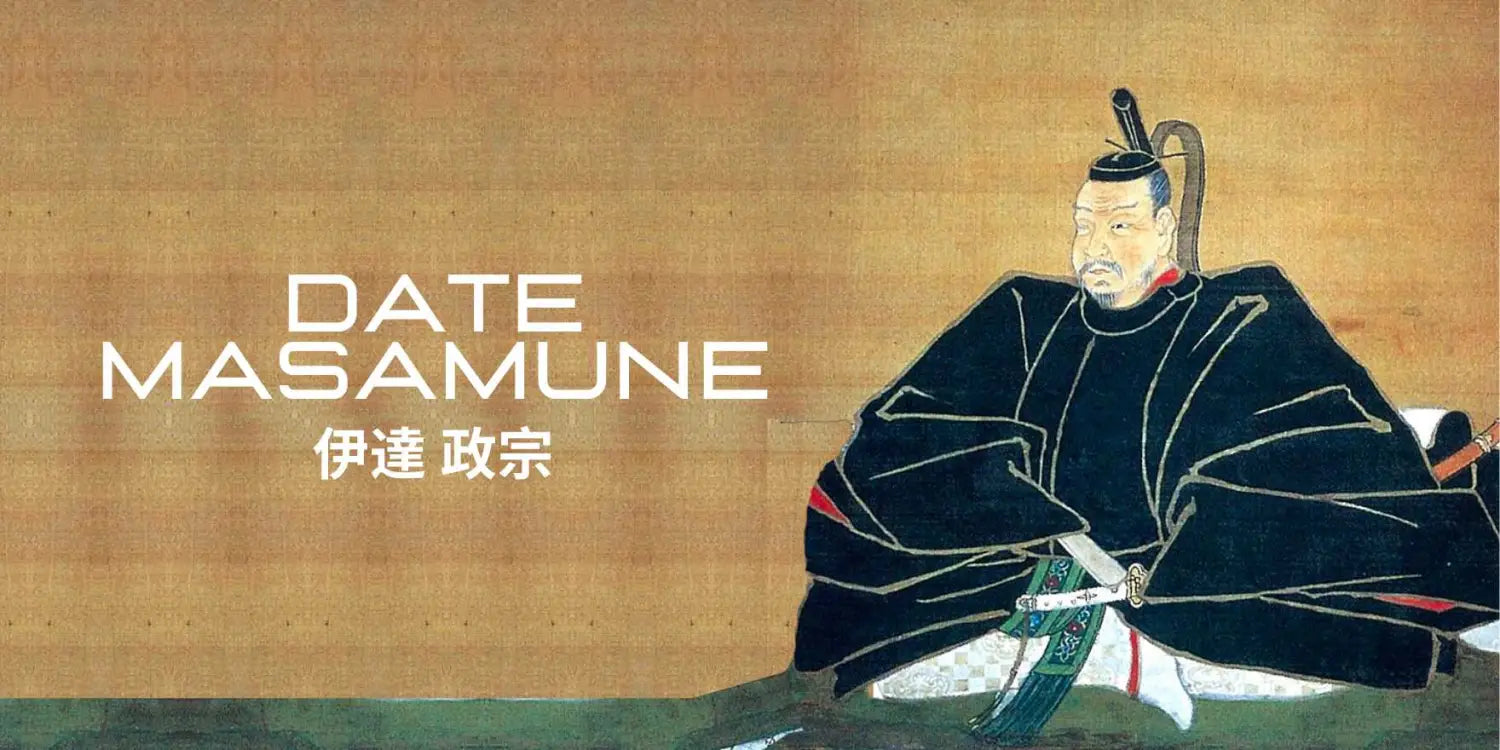
Date Masamune and Toyotomi Hideyoshi: A Complex Alliance
Date Masamune's relationship with Toyotomi Hideyoshi, one of the three "Great Unifiers" of Japan, was a complicated and ever-evolving alliance that played a significant role in shaping the landscape of late 16th-century Japan.
Initial Opposition and Submission
As Hideyoshi set out to consolidate Japan under his dominion, Date Masamune was initially among the dissenting daimyos opposing his advance into Japan's northern territories. Despite Masamune's well-earned reputation for military skill, he was acutely conscious of Hideyoshi's formidable strength and reach. Consequently, he opted to yield to Hideyoshi's supremacy, a tactical move that allowed him to maintain governance over his own territory.
Involvement in the Korean Campaigns
Upon his submission, Date Masamune became a part of Hideyoshi's ambitious invasions of Korea in 1592 and 1597, also known as the Imjin Wars. Although the campaigns ultimately failed to subdue Korea and secure a path for invasion into China, Masamune's participation was noteworthy for his military skills and for providing valuable naval support.
Strained Relations and Political Maneuvering
It's important to mention that Masamune's rapport with Hideyoshi was tinged with tension. Hideyoshi harbored a natural distrust of influential and ambitious daimyos, such as Masamune, whom he perceived as potential threats to his authority. Masamune, for his part, had to carefully navigate the treacherous political waters, ensuring that he did not fall out of favor while still maintaining his clan's influence and territories.
Benefits and Legacy
Despite the complexities, Date Masamune’s alliance with Hideyoshi had long-term benefits for the Date clan.
With Hideyoshi's implicit endorsement, Masamune was granted a level of autonomy uncommon among his daimyo contemporaries. This facilitated his firm establishment of power in the Tōhoku area and enabled him to pursue his own goals, laying the groundwork for the enduring significance of the Date clan into the Edo era.
Date Masamune and Tokugawa Ieyasu: An Alliance that Shaped the Edo Period
The alliance between Date Masamune and Tokugawa Ieyasu, the founding figure of the Tokugawa Shogunate that governed Japan from 1603 until 1868, stands as another pivotal chapter in both the history of the Date clan and Japan as a nation.
The Siege of Osaka and Pledging Loyalty
After the death of Toyotomi Hideyoshi, Japan plunged into a period of instability as multiple factions sought to unify the nation under their banner. During these tumultuous times, Date Masamune solidly aligned himself with Tokugawa Ieyasu. His allegiance was particularly evident in pivotal battles such as the Siege of Osaka, where he aided Ieyasu's efforts to quell resistance from Toyotomi loyalists. Masamune's support helped solidify Ieyasu's power, and in return, his loyalty was rewarded with additional lands and status.
Sendai Han: A Testament to Loyalty
Due to his loyalty to Ieyasu, Date Masamune was granted the privilege of founding the Sendai Han, a substantial and affluent domain in the Tōhoku area. This domain not only cemented Masamune's enduring impact but also significantly contributed to the region's cultural and economic development. It stood as a powerful symbol of the mutual respect and deep-seated trust between Masamune and Ieyasu.
Diplomatic Roles and Trade Relations
Masamune was also a visionary who understood the value of foreign trade and diplomacy. With Ieyasu's backing, he initiated diplomatic missions and opened up trade routes. He was particularly interested in fostering relations with Spain and the Vatican, partly because of the possibility of military support against rival clans. While these ambitions were not entirely realized, they did result in some cultural exchanges, including the introduction of Christianity and European goods into his domain.
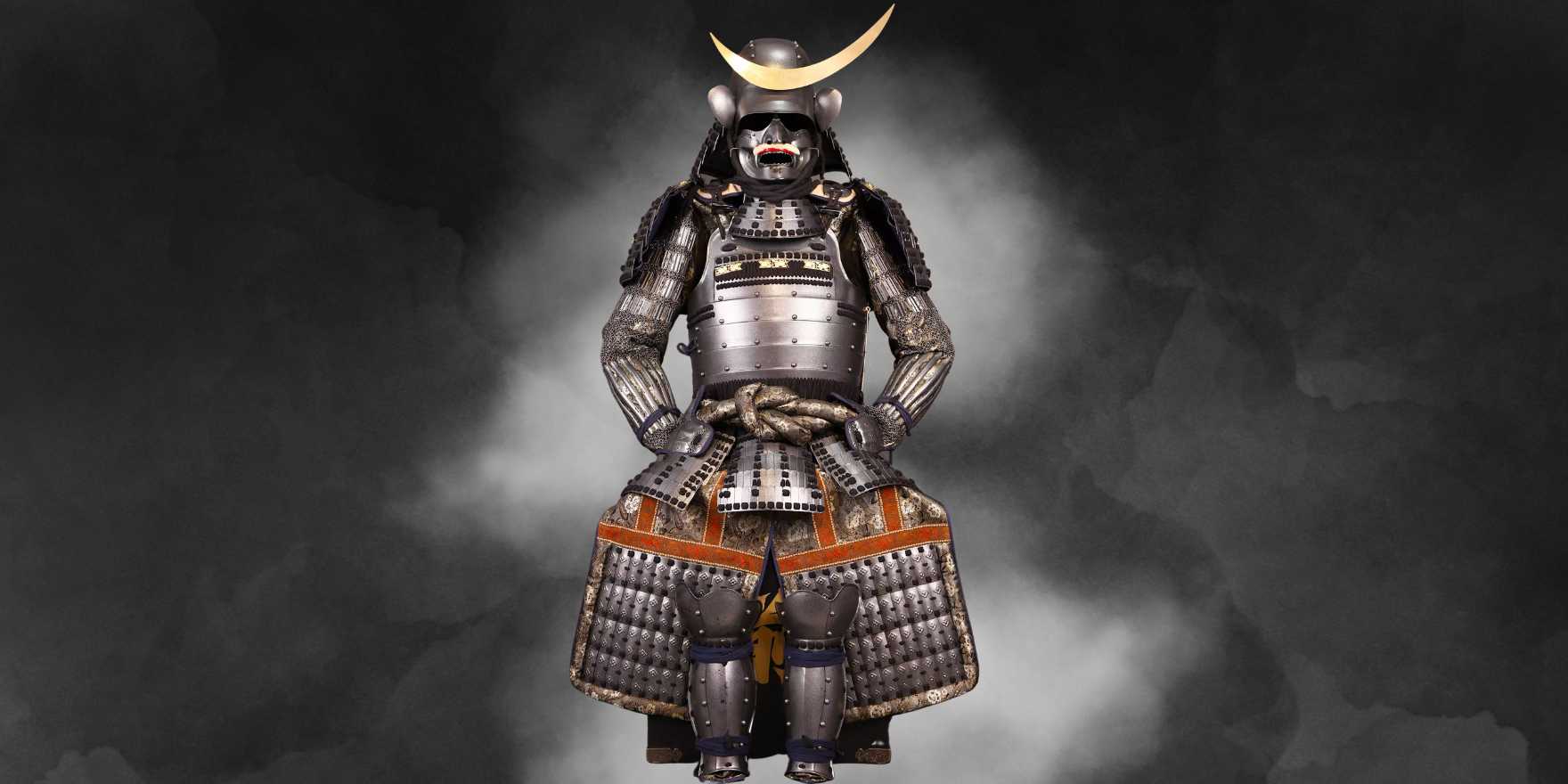
Date Masamune Armor
Date Masamune's Death
Date Masamune, famously known as the "The One-Eyed Dragon of Oshu," died on June 27, 1636, at the age of 70, leaving an indelible mark on Japan's political and cultural landscape. The exact details surrounding his death remain elusive due to limited historical documentation. It's commonly believed that he died of natural causes, perhaps related to his advanced age—70 being a relatively long lifespan for the 17th century. In contrast to many peers who met their end on the battlefield or through political machinations, Masamune lived to witness his domain flourish under his stewardship.
Lasting Political Impact
Masamune's death was keenly felt in his domain, which had flourished under his governance. He had modernized the region, built a powerful and loyal army, and turned Sendai into an important political and cultural center. His policies ensured that the Date clan would continue to be a major force in the region, long after his death.
The Transition of Leadership
Before his death, Masamune ensured a smooth transition of leadership to his son, Date Tadamune. Tadamune had been groomed to take on the responsibilities of a daimyo and had even ruled as acting lord during Masamune's later years. His succession went relatively smoothly, further solidifying the strength and continuity of the Date clan.
Cultural Legacy
Date Masamune was not just a military tactician but also a cultivated patron of the arts. His impact on various artistic disciplines has reverberated well beyond his lifetime. Additionally, his intriguing assortment of swords has captivated scholars and enthusiasts alike for generations, adding another layer to his multifaceted legacy.
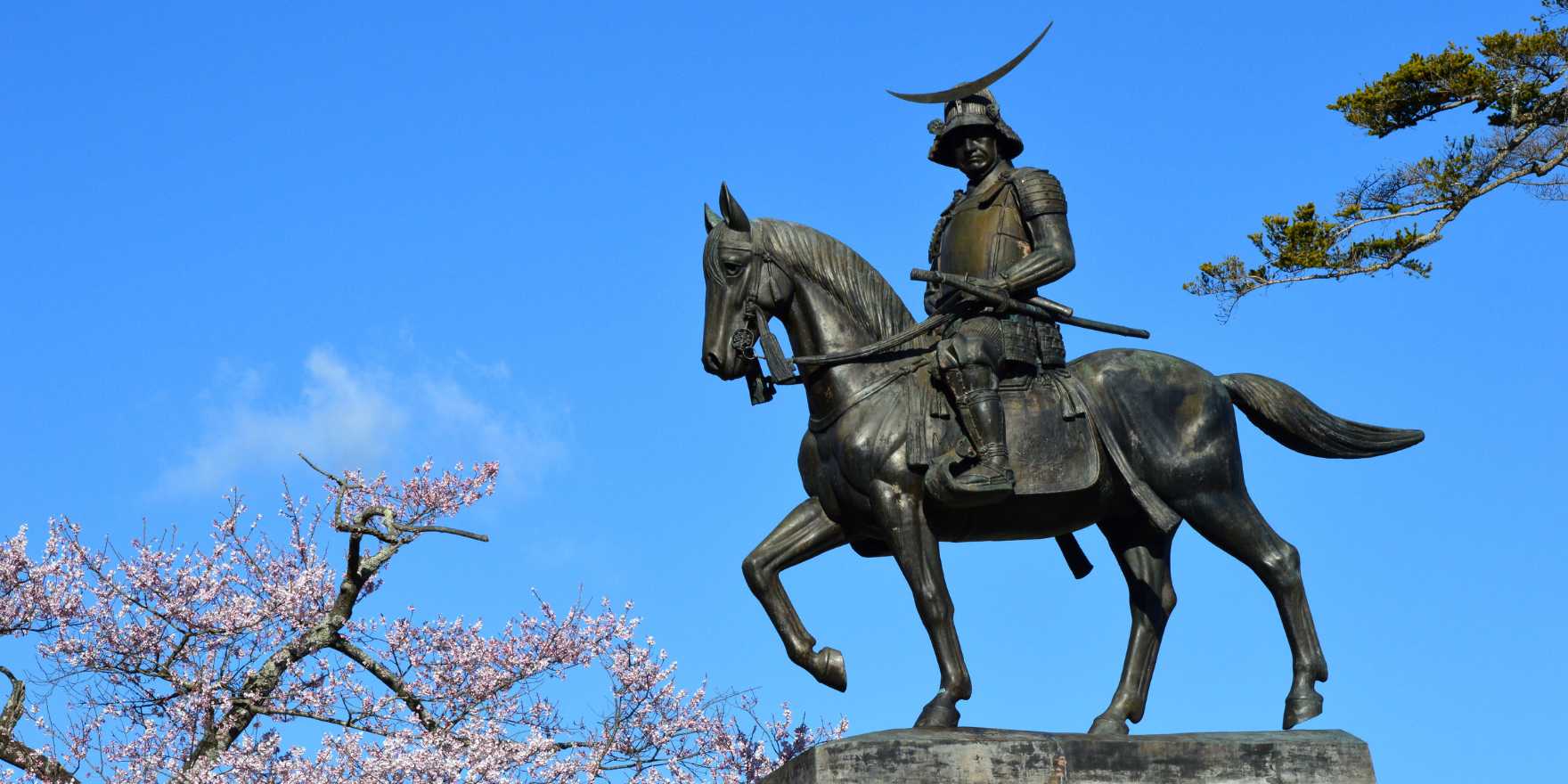
Date Masamune Statue in Aobayama Park, Sendai
Date Masamune's Sword
A keen appreciator of fine weaponry, Date Masamune contributed to the art of sword-making. His era saw the creation of some of the most coveted katanas, influencing styles and techniques that are still revered today.
One of the most famous swords attributed to Date Masamune is the "Yagenbori," a masterful blade crafted by the renowned swordsmith Osafune Yoshikage. This sword has an interesting story: it was named after the "yagen" (mortar and pestle), as a tribute to Masamune's mother, who used a yagen to prepare medicines for him during his childhood illness. The blade's fine craftsmanship and the touching story of its naming make it a remarkable piece of Japanese history.
Masamune was also known for using swords as diplomatic gifts, underlining their significance in samurai culture. Whether he was securing an alliance or establishing a relationship with foreign dignitaries, the giving of a sword symbolized the highest form of respect and commitment. This was also a clever political move, as these swords often found their way into the collections of other powerful figures, further spreading the legend of Date Masamune.
If you're interested in owning a katana influenced by Masamune's era, check out our collection of authentic hand-forged samurai swords.
In conclusion, Date Masamune's death marked the end of a life lived to the fullest. His political acumen, military successes, and cultural contributions left an indelible mark on Japanese history. Although he passed away in 1636, his legacy is anything but forgotten, immortalized through the continuous study and popularization of his life and times.



